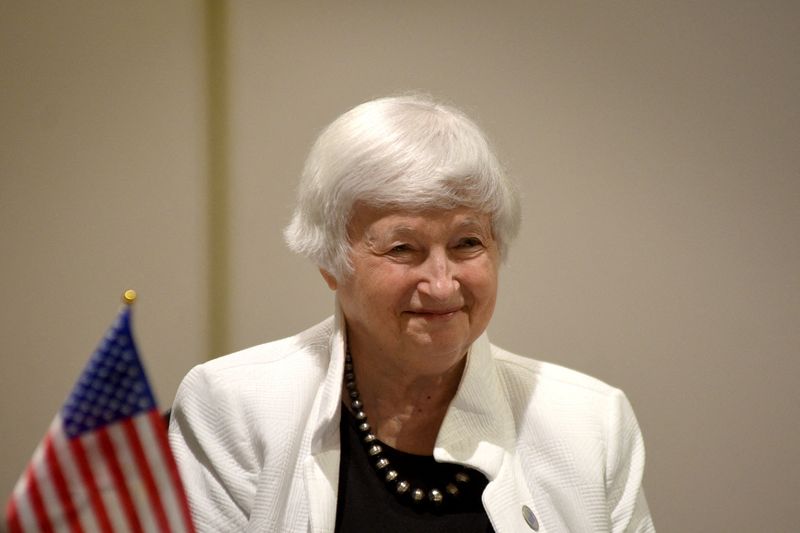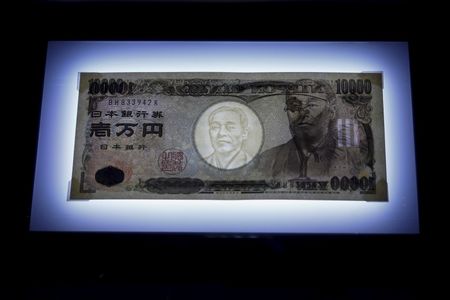The dollar was down on Wednesday morning in Asia, while the Australian dollar hit a one-week high. Investors’ risk appetite increased over indications that the omicron COVID-19 variant is less severe, even though existing vaccines cannot afford full protection.
The U.S. Dollar Index that tracks the greenback against a basket of other currencies was down 0.23% to 96.150 by 11:41 PM ET (4:41 AM GMT).
The AUD/USD pair was up 0.27% to 0.7137 and the NZD/USD pair inched up 0.10% to 0.6795.
The USD/JPY pair inched down 0.04% to 113.52.
The USD/CNY pair edged down 0.18% to 6.3543 while the GBP/USD pair edged up 0.12% to 1.3257.
GlaxoSmithKline PLC said on Tuesday that its antibody-based COVID-19 therapy is effective against all mutations of the omicron variant. It is co-developing sotrovimab with Vir Biotechnology Inc .
“Markets continue to travel with a good deal of optimism that omicron will not have the severity of prior variants in terms of health outcomes, even if it is more transmissible,” National Australia Bank head of FX strategy Ray Attrill said in a note.
That’s put risk asset markets in an “ebullient mood” lifting stocks, commodities, as well as riskier commodity-linked currencies including the Australian and Canadian dollars, the note added.
The Australian dollar is up 1.71% against the greenback for the week and is set for its best performance in three months. It has also rallied 2.28% against the yen and headed towards its best week since mid-October 2021.
Meanwhile, the Canadian dollar traded at C$1.2645 against its U.S. counterpart, near a two-week high of C$1.2635 set overnight.
However, Africa Health Research Institute head of research Alex Sigal warned on Tuesday that the Pfizer Inc. /BioNTech SE COVID-19 vaccine could be only partially effective against omicron.
On the central bank front, the Bank of Canada, alongside the Reserve Bank of India, will hand down its policy decision later in the day. The U.S. Federal Reserve, the Bank of England, and the European Central Bank will hand down their policy decisions next week.
Investors also await U.S. and Chinese inflation data. China releases its consumer and producer price indexes on Thursday, with the U.S. consumer price index following a day after.
The U.S. JOLTS job openings index, due later in the day, is expected to show further proof of a tighter labor market. This would increase bets for a quicker Fed asset tapering, in turn boosting the greenback. Money markets are currently fully priced for a quarter point rate increase by June 2022.




